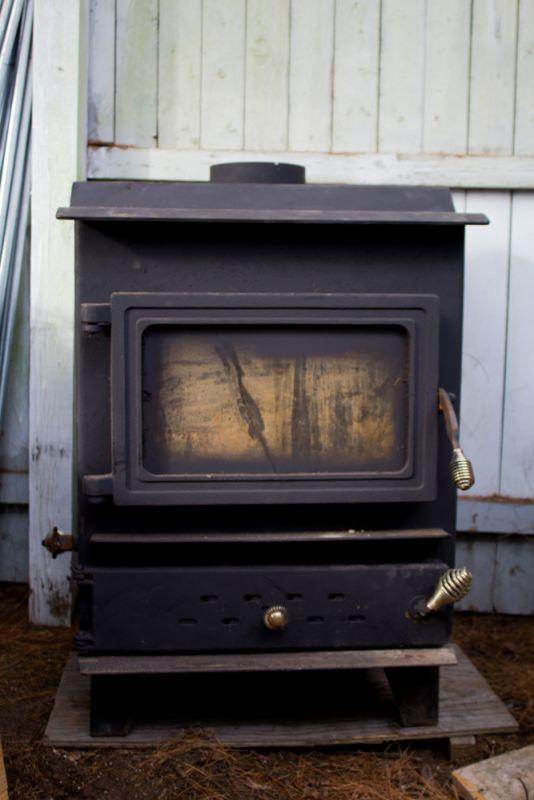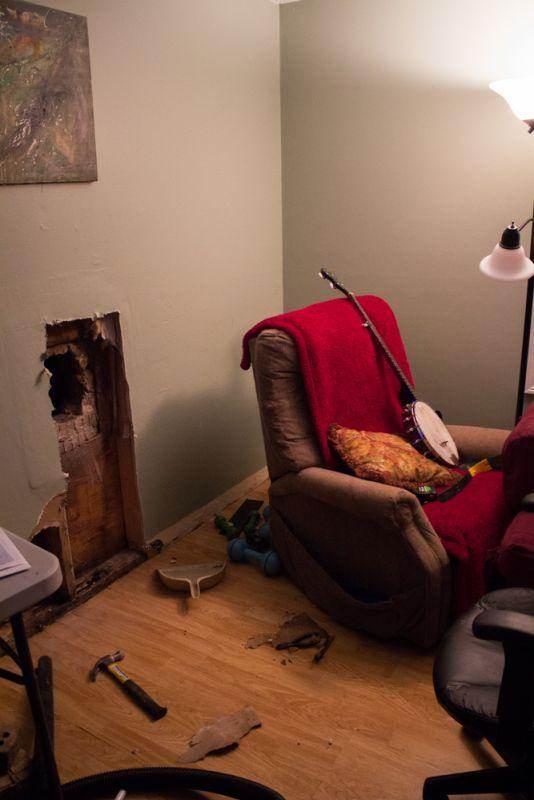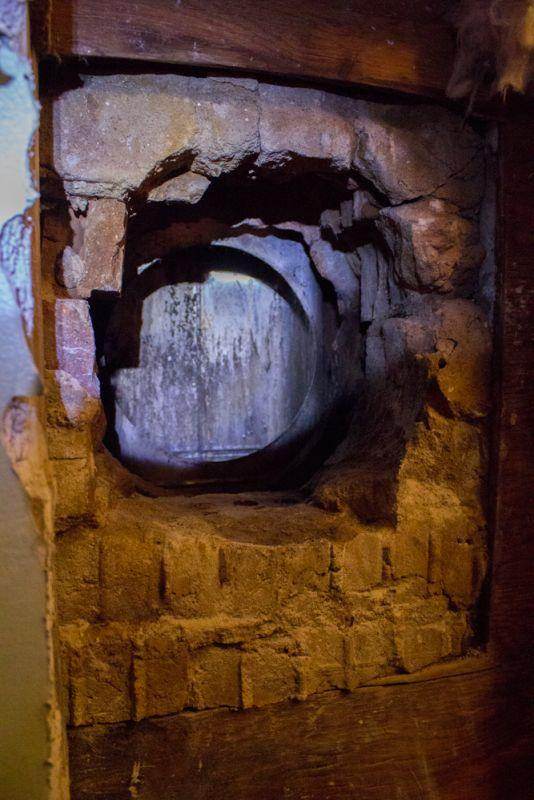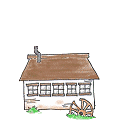





 Was a 2 hour drive into the north country to buy the stove, but it was worth it and I was very excited to secure this Amish made wood/coal stove for 50 bills.
Was a 2 hour drive into the north country to buy the stove, but it was worth it and I was very excited to secure this Amish made wood/coal stove for 50 bills.



 Please let me know if I need to clarify anything. Any thoughts or suggestions would be greatly appreciated as I have never installed a wood stove myself (seen it done when I was a kid in Vermont, but not since then). Thanks ahead of time!
Please let me know if I need to clarify anything. Any thoughts or suggestions would be greatly appreciated as I have never installed a wood stove myself (seen it done when I was a kid in Vermont, but not since then). Thanks ahead of time!








John Elliott wrote:You got a good deal, I paid a LOT more for a stove that looked just like that. I installed it in a HUGE brick fireplace, and used a regular piece of stove pipe to shove up into the chimney and then I slapped adobe around where it looked like it needed it. The chimney was lined with oval terra cotta and I didn't go to the trouble of filling the space between the oval and the cylinder of the riser that I attached. The 8 to 10 inches of riser was plenty of upward inertia that I never had any smoke drafting down and out the side. Probably not "up to code" but this was an old, old fireplace.
One of the nice things about the stove was that you could put in a lot of wood at night, and it would burn for a long time. Kind of the opposite of the rocket stove which is so popular here. With a rocket stove, you do a quick burn and move all that heat into a large thermal mass. With this type of stove, although it does have a pretty good size thermal mass, the damper on the stove keeps it to a real slow burn, and releases the heat of the wood over a longer time. Mine had an electric fan that drew in air below the firebox, circulated it around the back and over the top, and there was a slot across the top of the box where the heated air would come out. When it had come up to temperature, the air coming out of the slot was about 150-160F.
So to answer your question, I think with the low air flow that this stove has, it can handle a bend in the exhaust tube, as long as you have a good bit of riser to bring the exhaust up to speed after the bend. Put the whole thing together with stove piping that you can get at the hardware store and then make it airtight with lots of cob or adobe.













Lochlainn Kiarnan wrote:Hi Folks,
1. Would installing the stove pipe with a slight dip (lower than the exit on the actual stove) be "up to code" as far as most building permits would require ? (I'm in New Hampshire)
2. I would imagine that this type of setup would not draw ideally... not the best setup, but would it work ? Even if it was just for a few years until I could install it "properly" with the pipe installed higher up.
3. If I do indeed have to patch up the original "holes" and install the stove pipe higher up on the wall, what would be the best way of going about. Specifically, how would you recommend that I patch up the metal stove pipe liner that is inside of the clay flue ? Would I buy some sort of metal patch and then use metal screws to fasten it on (cheapest repair ?)...Then repair the clay flue (recommendations ?)....then the brickwork of the chimney, then onto the sheet rock and mud/paint etc.
I am hoping I can get away with just having the stove pipe dip down 6 inches or so before it rises back up to meet the hole in the wall/chimney/flue/metal liner. Has anyone ever run it like that ? I tried googling the issue and could not really find any info. This setup has to pass a homeowner's insurance inspection so it has to be legit. I hope my ramblings made some sort of sensePlease let me know if I need to clarify anything. Any thoughts or suggestions would be greatly appreciated as I have never installed a wood stove myself (seen it done when I was a kid in Vermont, but not since then). Thanks ahead of time!
Regards,
Lochlainn

| I agree. Here's the link: http://stoves2.com |






